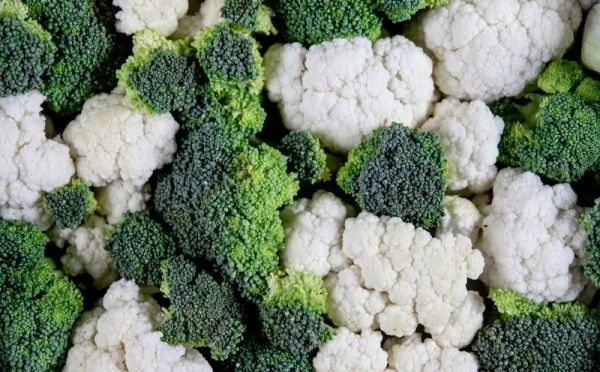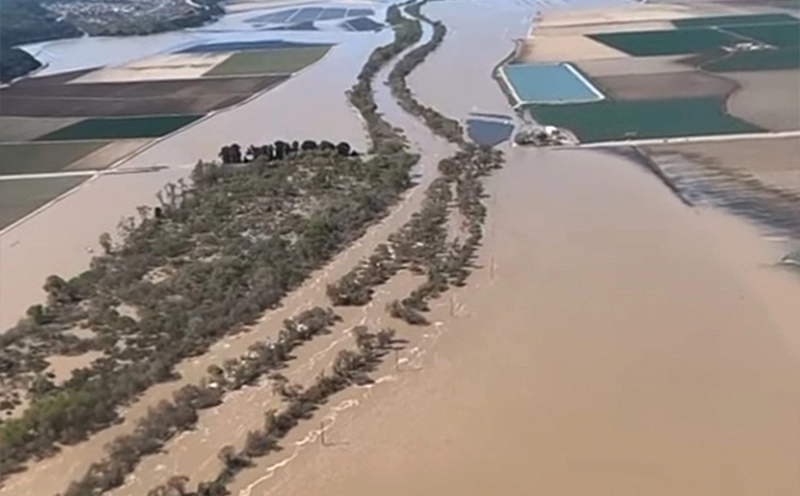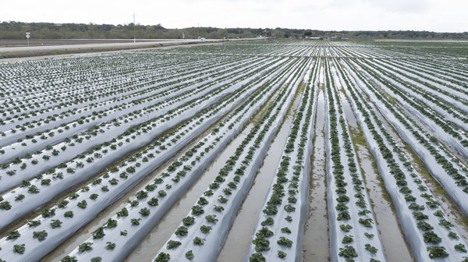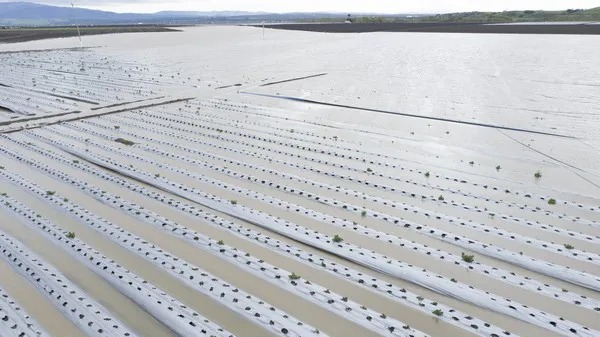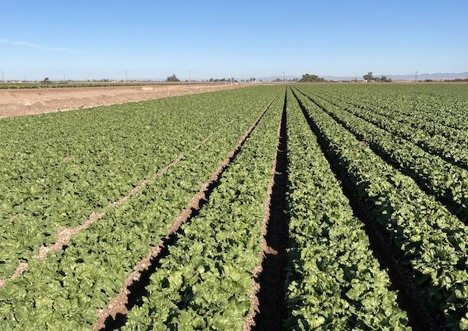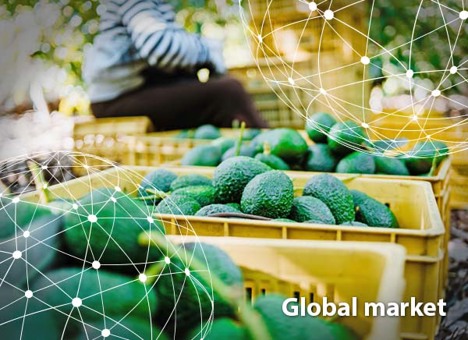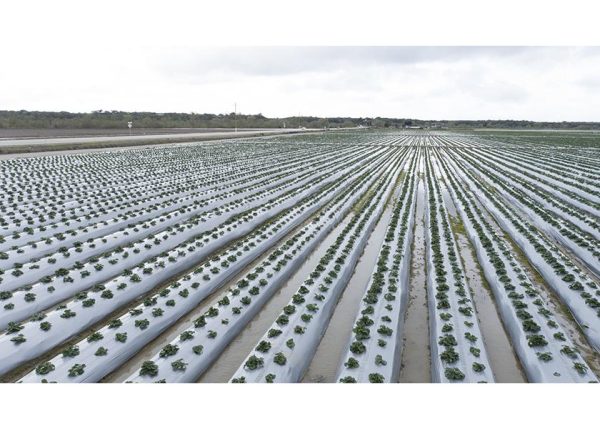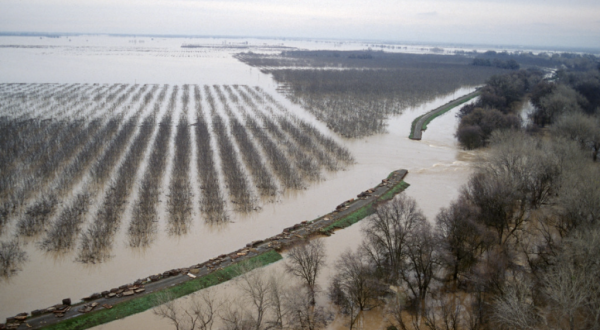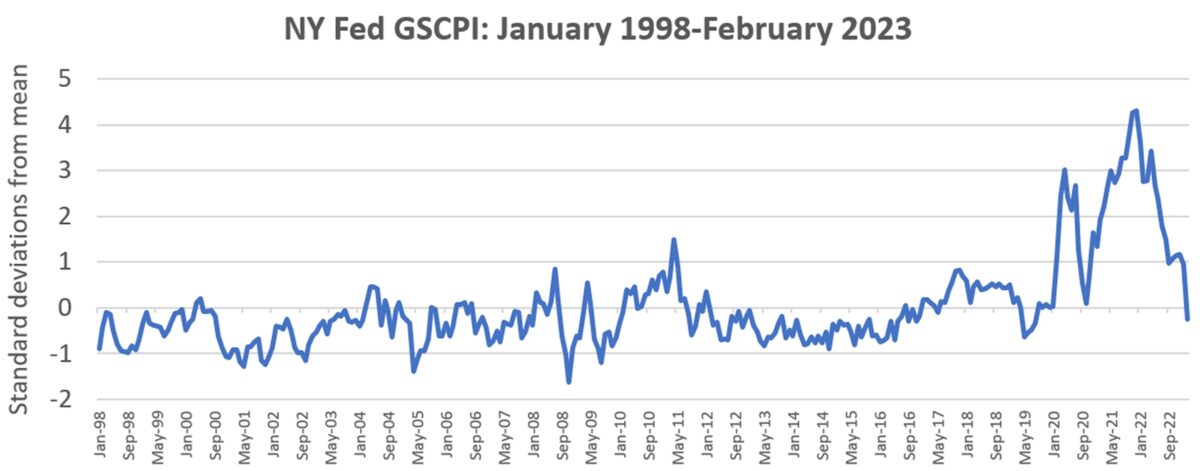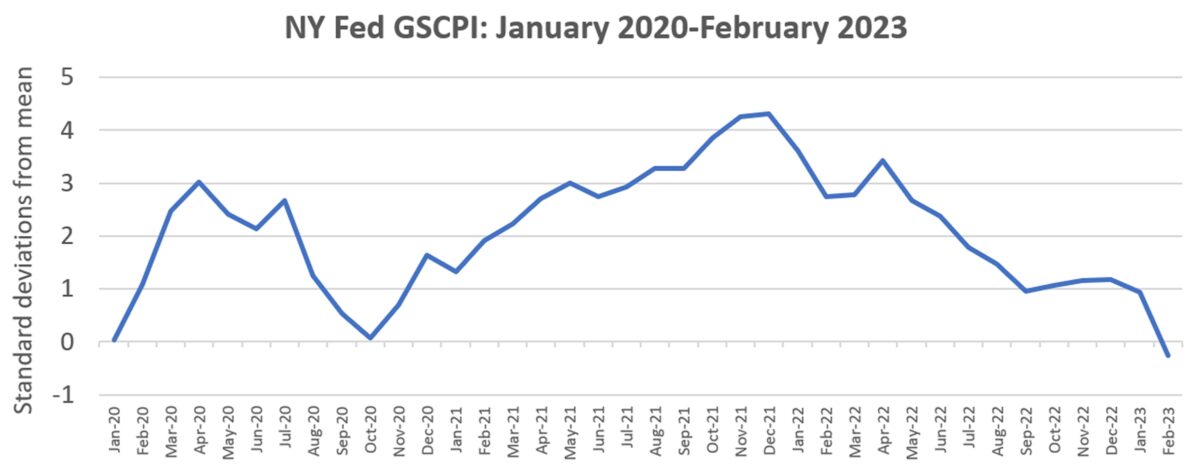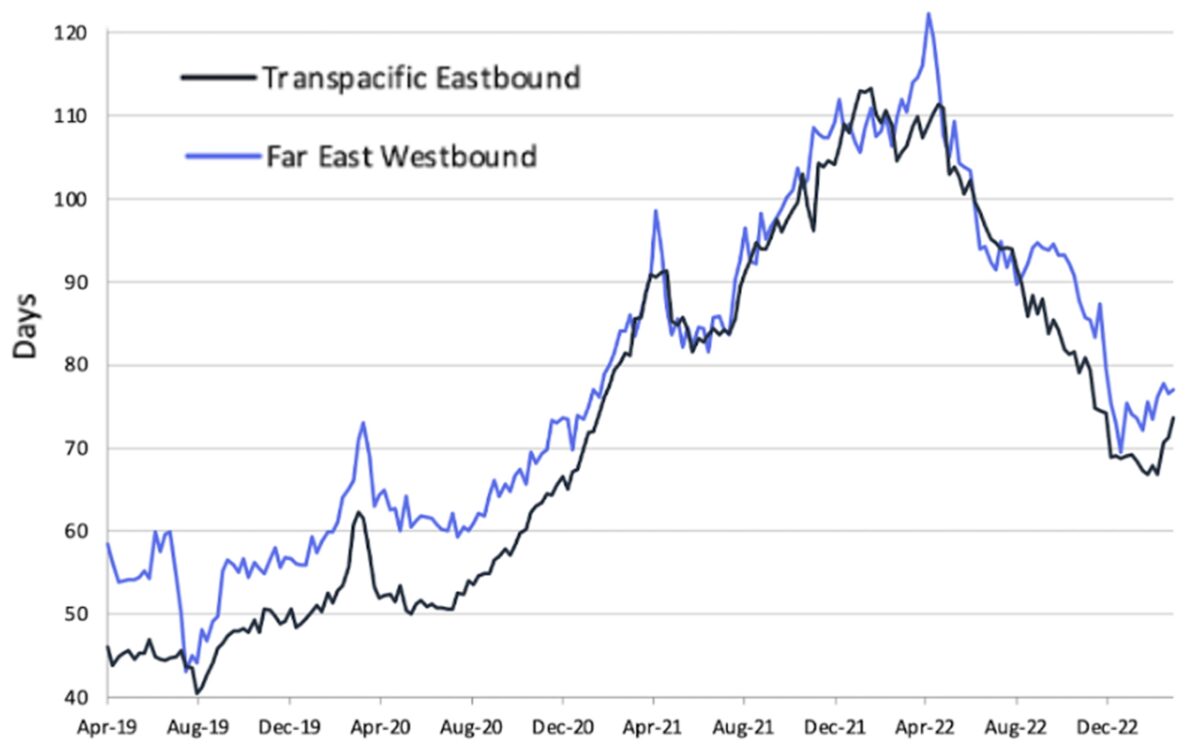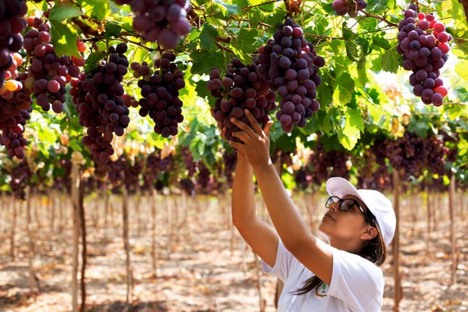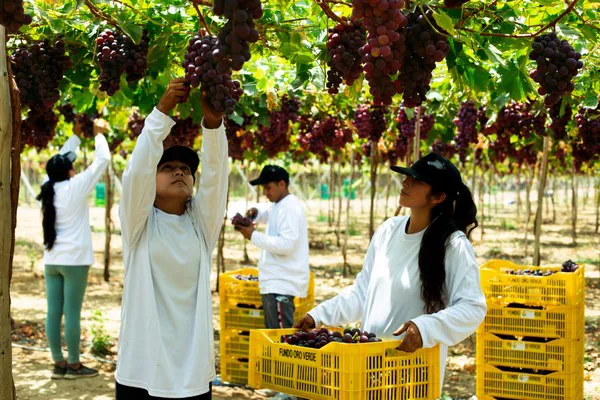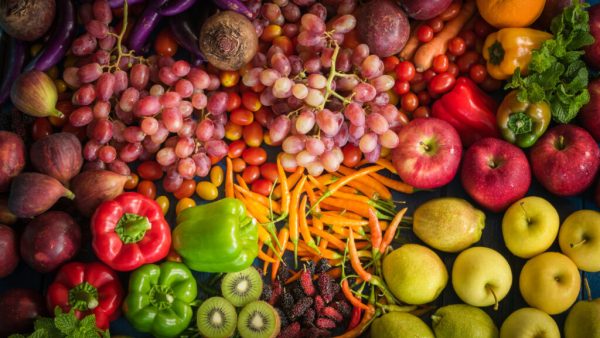The global avocado markets are seeing various developments, as large volumes of the fruit are expected to arrive in the Netherlands from countries such as Peru, South Africa, Kenya, Tanzania, and Colombia. The quality of Kenyan avocados has significantly improved, surpassing South Africa in terms of volume. In the UK, avocado purchases remain stable despite a cost-of-living crisis, with arrivals from Peru and South Africa increasing after the end of the season for supply from Spain, Israel, and Chile. France is experiencing a supply deficit, resulting in higher avocado prices, while Italy faces skyrocketing prices due to an insufficient supply of Hass avocados. In South Africa, avocado prices have decreased due to an oversupply of the fruit on the market. However, European prices are still good due to Peru’s logistical problems and floods affecting their shipments. Avocado consumption in China is booming, and the North American market is expected to remain ample throughout the year, with Mexico fully focused on the US market.
Netherlands: large volumes of avocados forthcoming
“In the avocado market, the outlook is less than favourable for the coming months,” states a Dutch importer.” With expected supply from South Africa, Peru, Kenya, Tanzania and Colombia, hefty volumes are coming this way. Personally, I expect a lot from Kenyan avocados in the coming years. They have been somewhat the black sheep among avocado countries in the past, but due to strict government controls, the quality has improved considerably and they have now passed South Africa in terms of volume.”
Belgium: Avocado undiminished in popularity
Peruvian avocado supply has to bring some stability back to the market, explains a Belgian importer. “Due to disappointing harvests in Spain and Morocco, the market urgently needed Peruvian supply to meet demand. After all, these are important volumes that are coming in. We feared for a while that here too volumes would be somewhat disappointing due to the unrest in the country, but fortunately this remained relatively limited.”
On the demand side, avocado remains as popular as ever. “So around the festive season, it was actually a bit disappointing and because of inflation seemed to opt more often for the cheaper options, but now that we are heading towards spring we see it disappearing more in the shopping basket again. Nonetheless, prices remain fairly high due to somewhat limited supply. We will have to wait and see how this will develop in the time to come as some more origin countries drop out, but African supply will, I expect, absorb this.”
Germany: Varied picture on German avocado market
In recent months, the market has been very tense, with different qualities and tight availabilities.
The Moroccan season was characterized by good qualities and sizes, whilst Spanish avocados were very difficult to ripen this year, but the availability was satisfying.
Currently the campaign from Peru is starting with very good qualities, as expected. How the export volumes for European markets will develop is still unclear.
Goods from other overseas avocado locations were difficult to handle and ripen this year, due to sprouting and sizing problems.
UK: Avocado purchases remain stable despite cost-of-living crisis
The supply of avocados from Spain, Israel and Chile into the UK market are in the later stages of the season and arrivals from Peru and South Africa are now starting to increase.
The volumes from Spain were smaller this season, as was the fruit size. There was 30-40% less from Spain. This was caused by a bumper harvest and a late finish the previous season, leading to late flowering and volumes were also hampered by drought and water restrictions in the summer months. A mix of origins kept the retail demand supplied.
Avocados from the early South African producers are starting to arrive in the UK as are those from Peru. Peruvian growers have had to contend with a lot so far this year: unrest leading to riots, roadblocks etc. and last week they were hit by cyclone Yaku which brought heavy rain causing flooding and landslides and other damage to infrastructure. South Africa has also had its problems with cyclone Freddy causing heavy rain in the growing regions.
Peru will recover from this disruption and volumes are expected to be up this season, mainly due to new plantings. The extra volumes will go to different markets around the world with around 7% more expected to go to Europe. South Africa have estimated 18 million 4kg export cartons this season.
Figures from Kantar Worldpanel show that in the 12 weeks ending 19 February this year the retail value of avocados grew by 6.6% in the UK. Ripened avocados remained resilient with some of the increase most likely down to price inflation.
The cost-of-living crisis does not seem to have affected demand in the UK, despite avocados being seen as a luxury item, sales volumes have remained consistent.
France: Deficit pushes avocado prices up
At the crossroads of the hemispheres, the campaign of avocados of Mediterranean origin is coming to an end. A campaign that in a context of deficit production, will have been relatively well oriented in terms of price and sales flow. Indeed, all winter productions have been in deficit this season, except for Colombia and Mexico, which have not been able to fill the production gap in Spain and Israel.
Supply continues to decline with the arrival of the last Mediterranean fruit of the season. The French market is at the end of the Mediterranean origins and Peru is taking over with again this year. With very large volumes expected to arrive mainly from the beginning of May to the end of August (between week 19 and 35). A total production of 70,000 tons more than last year is expected, as well as an export to Europe of 22,000 tons more (7%). But as the American market is likely to be complicated this year due to a large production in Mexico, this figure is likely to be revised upwards. In the meantime, and in this context of a supply deficit, the market promises to be good and rising over the next two/three weeks.
But past this transitional period, there is still a risk for a market that remains high in the face of an early season supply build-up. It is because of a supply deficit that the market has risen, not because consumption has increased. The risk is that the prices remain high while we arrive at the beginning of the Peruvian season with volumes that intensify. In this case, the product is unattractive to the consumer: it is expensive and representative of an early season fruit that has not reached its optimal maturity. On the other hand, an attractive market also attracts the interest of some exporters regardless of the quality of their products. This leads to a slowdown in consumption. And in this case, there is a risk that the market will collapse.
Faced with an increase in production volumes from Peru, but also from Kenya, Colombia and South Africa, the success of the coming season will depend on consumption. Knowing that Peru made a very bad season last year, this year, the exporters bet on the fact that the distributors will animate or promote the product all summer. However, the question is likely to be recurrent in a context where the world production does not cease to increase from year to year, facing a market polarized between the United States and Europe.
Italy: Insufficient supply of Hass and skyrocketing prices
From week 11 to week 12, the trade of avocados has changed, according to a wholesaler in Northern Italy. “For the Hass variety, the situation has worsened: the product handled is even more limited and prices are skyrocketing. Peruvian goods are coming on and off and are practically already sold out even before their arrival. From Morocco, volumes are minimal, since as for the Israeli origin, the season is approaching its end. Spain also has limited volumes of the Lamb Hass variety and prices are high. The Spanish product has a purchase price of up to €16.00.”
“Regarding the greenskin avocado, we can say that from next week onwards more volumes are expected and purchase prices may fall further. The current level of the Fuerte variety is €10.50-11.00 compared to the much higher level of last week. From mid-April, volumes from Kenya and South Africa are expected.”
Spain: Campaign marked by small sizes and high prices
The Spanish avocado season is ending in the south, while it is starting in the Region of Valencia, a later area with more limited quantities, although this year it is gaining relevance. The season will end earlier this year due to the significant drop in the production. The abundance of small sizes and the high prices at origin due to the limited supply have marked the campaign. Given the lower Spanish supply, there has been more room for avocados from Colombia and Israel. There has been enough domestic fruit to cover the programs of those customers who always prefer it, and there has been no additional fruit for sale on the open market.
Spain has just started market the first avocados from Peru, whose harvest is estimated to have increased by 10-15% compared to last year. In the last few months, Spanish avocado prices have been quite high, so the demand has slowed down. Exporters expect, therefore, a smooth transition to the Peruvian season, hoping that, as temperatures rise, consumption will pick up again in the run-up to Easter.
There have been some logistical problems with the shipments from Peru due to the heavy rains, but hopefully those issues will be resolved soon, and once the access roads to the ports can be used again, there will be no overlap between early and mid-season plantings, bearing in mind that a higher production is expected this year.
Israel: Israeli avocado production up to 42% lower compared to last year
As Israel’s 2022-2023 avocado season has about four weeks left before it ends, there has been around a 42% decrease with an estimated 70 000 tons up to now, compared to over 100 000 tons at the same time last year. A leading exporter commented that it is a challenging season, as they did not have enough fruit to supply all their clients demands. In some parts of the season the sizing was also a bit smaller than average. This was caused by colder weather during flowering in the spring leading up to the current season. Producers and exporters in Israel are at least relieved that the weaker Shekel against the dollar and euro made up for the lower volumes.
South Africa: Tough season for South African avocados
Domestic avocado prices are “horrible”, says a trader, who notes that the recent national shutdown and public holidays have reduced footfall on the market. The first greenskinned avocados were exported in week 11, as were the first Hass.
There are 60,000 4kg cartons on the Johannesburg market at the moment, “thousands and thousands of bags and boxes,” says a trader. For Hass, 15kg bags prices range between R80 (4 euros) and R100 (5 euros), a box of Hass is R60 (3 euros) to R80 (4 euros). Fuerte prices traditionally are higher in South Africa: a 15kg bag costs around R100 (5 euros).
The average price per kg has decreased to R11 (0.55 euro)/kg and R14.78 (0.74 euro) for class 1 avocados, as supply currently exceeds demand on the market. There were problems with immature early Hass varieties as a result of the substantial rains. Fruit is taking longer to reach maturity but it is hoped that within the coming weeks it should pick up.
There are “too many” avocado bags on the markets, the trader remarks, perhaps because of carton costs. “Carton costs are enormous,” says an exporter. “There’s a better demand for jumble 10kg boxes of Hass than for bags.” Jumble boxes are expensive to pack and result in barely breakeven prices, counters a packhouse manager.
There is a premium on larger fruit, but there are a lot of small counts, as is the case in other countries.
Prices in Europe still sound very good, notes an exporter, with Peru’s logistical problems and floods hampering their shipments. Within the next week large arrivals are expected and the outlook is favourable at this stage, says an exporter.
Greenskin avocados are going to, inter alia, Russia but because insurers won’t cover Russian shipments since the war, some exporters are staying away from Russia. Others go to mostly Eastern Europe.
Peru’s challenges could create more space for South Africa in the early season.
China: Avocado consumption is blossoming
China’s avocado consumption is blossoming. The country has been importing increasing amounts of avocados in recent years, particularly from Mexico, New Zealand, Chile and Peru, to meet the growing demand for the fruit in the Chinese market. Kenyan and Tanzanian avocados have recently both received market access in China. According to China’s Department of African Affairs, Kenya plans to supply the Chinese market with a total of 20,000 metric tons of avocados in 2023. If it manages to complete the feat, Kenya would take a considerable position on the market. It’s first shipment of the season arrived in the beginning of March. Kenya, Tanzania and in, the future South Africa, are perfectly positioned to bridge current gaps in avocado supplies to China from existing markets.
China is growing domestic avocados. Although avocados are not native to China, the country has been working to develop its own avocado industry in recent years. Some Chinese provinces, such as Yunnan and Guangxi, have been actively promoting avocado cultivation and production. Projects are also ongoing in Guangdong, Yunnan, Sichuan and Fujian. “Currently, the domestic avocado production season is from mid-October to the end of March. Now we have developed early varieties which will be launched earlier in the future,” an avocado grower from Yunnan comments: “At present, avocado cultivation is on the rise in Yunnan, and more and more companies are starting to plant. Internationally, avocado planting is accused of requiring a lot of water and damaging the environment. But Yunnan has abundant rainfall, and even if the rainfall is insufficient, the nearby rivers can provide water. The fallen leaves of avocados are also beneficial to the environment. Therefore, planting avocados in Yunnan is good for the environment.”
North America: Ample supplies of avocado
Avocado volumes in North America are ample currently, compared to this time last year and are expected to stay that way through the end of the year. This is the result of production in different countries of origin coming together. Mexico, California, Peru, and Colombia are expected to have good supplies. Currently, the US market is dominated by Mexico’s peak-forming fruit. Within Mexico, the state of Jalisco was granted access to the US market last year and every quarter, more orchards get certified to ship to the US market. “As a result, Jalisco is expected to ship 25 to 30 percent more avocado volume to the US this year compared to 2022,” says a shipper.
Soon, production from Colombia and the Dominican Republic will also contribute to US supplies. California’s crop is delayed for now following the state’s recent rains. “Increased production from California is anticipated when the rain subsides, ramping up to ramp up to 6-8 million lbs. weekly by the end of April,” another grower-shipper says. Additionally, the ample availability of Mexican fruit contributes to California’s delayed market entry.
Colombian avocado production will start up again in May and avocados will be shipped to North America every week until the end of the calendar year.
Altogether, ample supplies should lead to plentiful promotional opportunities, particularly on 48-ct. and larger sizes. Pricing is about 30-40 percent lower than last year, though it may move up in April-May when good quality fruit comes on from both California and Mexico.
Mexico: Exports fully focused on US market
Mexico is now in full avocado season in its main growing areas, especially Michoacan, which represents more than 90% of the total Mexican production. At the moment, the exports are fully focused on the US market, the biggest destination for Mexican avocados where around 24,000 tones are being sent weekly. Peru started its season some weeks ago but it will be in April when the volumes start representing a noticeable competition for the Mexican exporters in the US. Last year, Peru sent bigger volumes to the US market because the European market wasn’t favourable. It’s expected then that Peruvian exporters will aim more for the US market this year as well. The US economy is being damaged by inflation, but according to a Mexican exporter, avocado demand isn’t affected due to the relatively low prices that kept the consumption high. There was some uncertainty after the Super Bowl, where the demand was exaggeratedly high, but it has stayed at good levels so far.
Guatemala: Access to US market in the works
Guatemala ended their avocado export season with good demand and sales across Europe and the United Kingdom earlier this month. Guatemalan avocado exports are focused on Europe and Central America because the country still doesn’t have market access for avocados to the much closer US market. Guatemala´s Ministry of Agriculture and the USDA are working on the protocol for Guatemalan avocados to eventually have access into the US market in about a year or two’s time one producer commented. The country has under 6,000 hectares of avocado trees planted with many between 1,200 to 2,000 meters above sea level.
Colombia: Colombian avocado industry in rapid development
Colombia is busy finishing the main season of avocado production and exports in March. While it is an all year-round supplier, from April to September is the secondary season where they have slightly lower Hass avocado volumes available compared to peak months of October to March. The Colombian avocado industry is developing rapidly as they capitalise on access to the US market. To date, they have more than 300 Colombian orchards that are certified to ship to the US from 17 growing regions. They have easy access to ports on both the Atlantic and Pacific, which provides speed of delivery and fresh product to the East and West Coasts of the US.
Australia: Australian avocados gain market access to India
The Australian avocado season has moved onto the Shepard variety, for the months of February to May, which is the dominant variety for this time of the year, despite making up just 20 per cent of production. According to the recently released Horticulture Statistics Handbook, by Hort Innovation, there was a 26 per cent decline in the value of production (to $363.8m), despite a 56 per cent in volume (up to 122,197t) for the year ending June 2022. Export volumes were significantly up to 11,611 tonnes from 3,155 tonnes the previous year, and export value was also up from $22million to $52million.
Australian Hass avocados have also just received access to the Indian market two weeks ago, though final approval is subject to the success of ten trial shipments. One industry representative considers Australia’s market access to India to be a “game changer” for the industry. He says: “We acknowledge that final approval of the protocol will be dependent on 10 successful trial shipments, and we are very confident we can achieve that. The Australian Government has worked very hard and closely with the industry to achieve a commercially viable and workable protocol that all Australian Hass avocado growers will be able to use. We believe there are great opportunities for Australian avocados in India and it is a market with enormous growth potential.” The Australian Government’s Hass avocado market access agreement with India is underpinned by a $3M investment into research to support the export of the fruit.
This was seen as a “game changer” for exporters. “We believe there are great opportunities for Australian avocados in India and it is a market with enormous growth potential.”
“India is a fast-growing market for avocados and is just beginning its love affair with avocados, so we are thrilled to bring our premium quality Hass avocados to Indian consumers. This new market access is a great opportunity for us to expand our export business and strengthen our relationship with Indian consumers, and we look forward to building a long-lasting relationship with our Indian customers,” said one exporter.
Meanwhile, New Zealand is preparing to host the 10th World Avocado Congress in Auckland, New Zealand from 2-5 April 2023, including a three-day academic programme with international keynote speakers with regional field days. In the 2021-22 year, 50,837 tonnes of avocados were produced from a total of 4,350 hectares of avocado trees – and 3,914,000 trays were exported throughout that year. But it hasn’t been smooth sailing for avocado growers in New Zealand, with flooding in areas of the North Island in January, followed by Cyclone Gabrielle that caused damage to hundreds of hectares of horticulture crops, including avocados, with trees and orchards suffering extensive damage.
From Fresh Plaza

